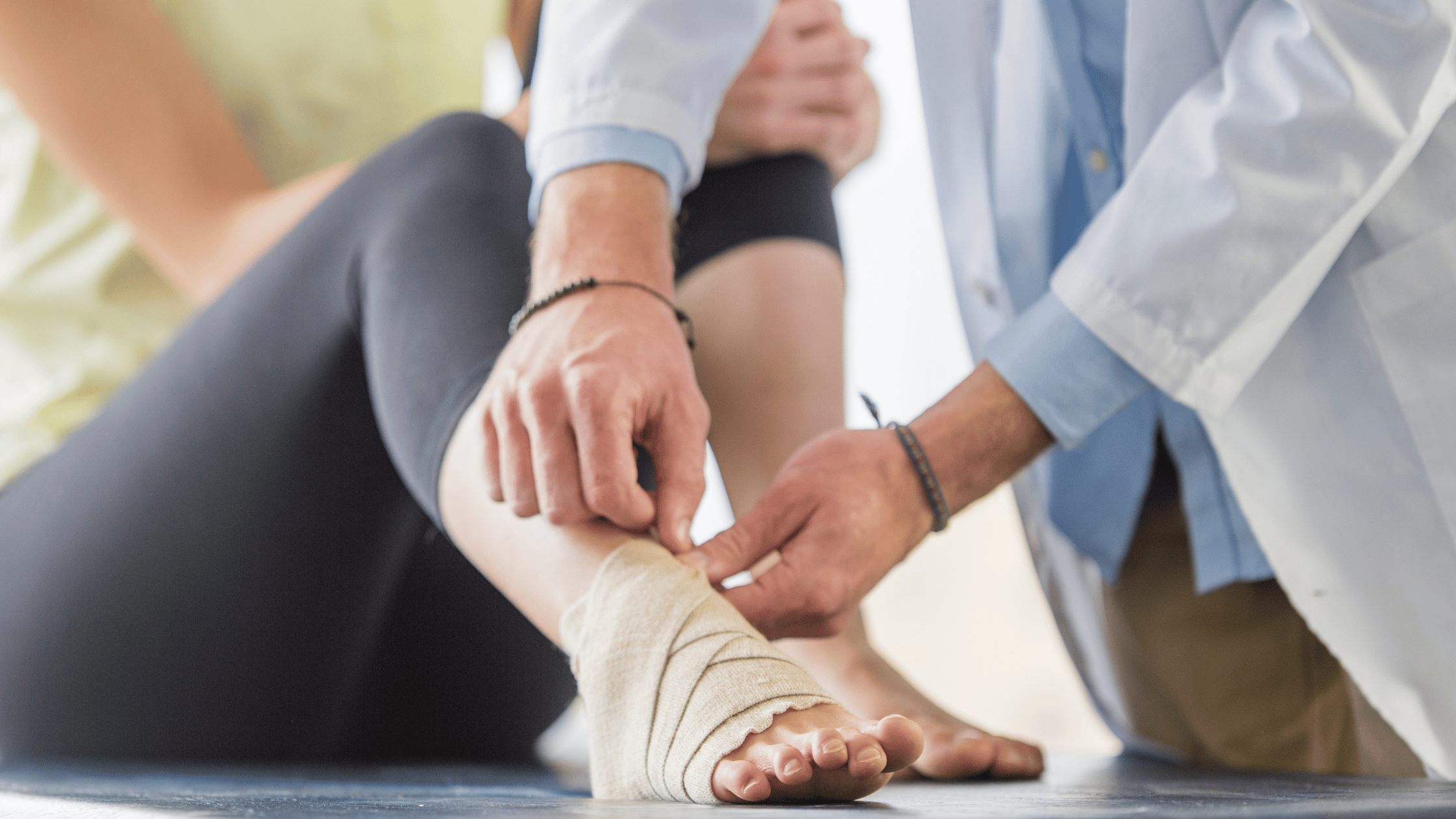Understanding and Preventing Common Injuries in Dancers: A Comprehensive Guide

Licensed Physical Therapist, PT, DPT // EW Motion Therapy Trussville
Dance, an art form celebrated for its beauty and grace, often hides the rigorous physical demands it places on its practitioners. Dancers, from ballet to contemporary, are athletes in their own right, requiring a unique combination of strength, flexibility, and endurance. However, this demanding physicality can lead to various injuries. Our ultimate goal at EW Motion Therapy is to help all our athletes prevent injury and recover well so they can return to their sport. You may decide that our services don’t fit your needs, but you can still read on as we explore the most common injuries dancers face, their symptoms, risk factors, and delve into effective prevention strategies. We will also discuss the role of physical therapy in both prevention and recovery.
The anatomy of dance injuries: common types and symptoms
Sprains and strains: musculoskeletal challenges
A frequent injury among dancers is sprains or strains, involving ligaments and muscles/tendons, respectively. Sprains often occur in the ankles and knees due to the high-impact and twisting movements common in dance. They manifest as pain, swelling, and difficulty in movement. Strains, on the other hand, affect muscles or tendons and are common in the back, neck, and hamstring, and present through muscle spasms, weakness, and cramping.
Stress fractures
Stress fractures are tiny cracks in the bone, often developing over time due to repeated stress. They commonly afflict areas like the feet and lower legs in dancers. The symptoms can be subtle initially, with pain during activity that fades with rest, but can progress to constant pain if not addressed.
Patellofemoral pain syndrome: dancer's knee
This syndrome, often termed as "dancer's knee," involves pain around the kneecap and is prevalent due to the repetitive bending and stress placed on the knees in dance. Symptoms include pain during movement, swelling, and a feeling of the knee giving way.
Risk factors: understanding the causes
Intensive training and overuse
The rigorous training schedules and repetitive movements in dance can lead to overuse injuries. Young dancers, in particular, are at risk as their bodies are still developing.
Technique and footwear
Improper technique can place undue stress on certain body parts, leading to injury. Additionally, inappropriate or ill-fitting footwear can contribute to foot and ankle injuries.
Nutritional and lifestyle factors
Adequate nutrition and hydration are crucial for dancers. Poor dietary habits can weaken bones and muscles, increasing injury risk. Lifestyle choices, including rest and cross-training, also play a significant role in injury prevention.
Prevention: safeguarding your body
Proper technique and training
Emphasizing proper technique and posture in dance is paramount. Dancers should receive training from qualified instructors who can correct form and suggest modifications to reduce injury risk.
Strength and flexibility training
Incorporating strength and flexibility exercises into a dancer’s routine can enhance their physical capabilities and provide injury resistance. Core strengthening, in particular, is vital for stability and injury prevention.
Adequate rest and nutrition
Ensuring sufficient rest and recovery time is essential. This includes not only sleep but also rest days from intense dance practice. A balanced diet rich in calcium and vitamin D supports bone health, while proteins aid in muscle repair and growth.
The role of physical therapy for dancers
Injury prevention
Physical therapists can play a crucial role in injury prevention for dancers. They can assess a dancer’s physical condition, identify potential risk factors, and recommend personalized exercises to address specific weaknesses or imbalances. Physical therapists can also advise on proper warm-up and cool-down routines, essential in preparing the body for the demands of dance.
Recovery and rehabilitation
In the event of an injury, physical therapy is invaluable in guiding a dancer back to health. Through a combination of targeted exercises, manual therapy, and possibly modalities like ultrasound or electrical stimulation, physical therapists can accelerate the healing process.They focus not only on the injury site but also on overall body mechanics to ensure a balanced recovery.
Educating dancers on body awareness
Physical therapists are also educators, teaching dancers about body awareness and how to listen to their bodies. Understanding the signs of fatigue and strain can empower dancers to take proactive steps, preventing minor issues from becoming major injuries.
Dancers, like all athletes, face unique challenges in their pursuit of excellence. Understanding the common injuries and their risk factors is the first step in a proactive approach to prevention and care. Incorporating strength and flexibility training, adhering to a balanced diet, and seeking guidance from physical therapy professionals can greatly reduce the risk of injury. When injuries do occur, physical therapy offers a path to recovery and a return to dance, equipped with greater knowledge and resilience. By embracing these practices, dancers can continue to express their art with both passion and safety, ensuring a long and healthy dance career. We love helping our dancers at EW Motion Therapy continue in their sport through building strength and education on the best ways to train. If you want to learn more about how physical therapy can help you keep dancing, click the button below to download our answers to 20 frequently asked questions.



